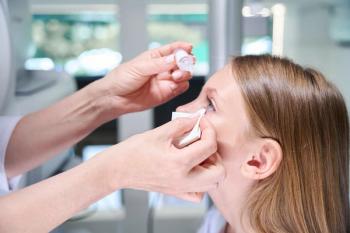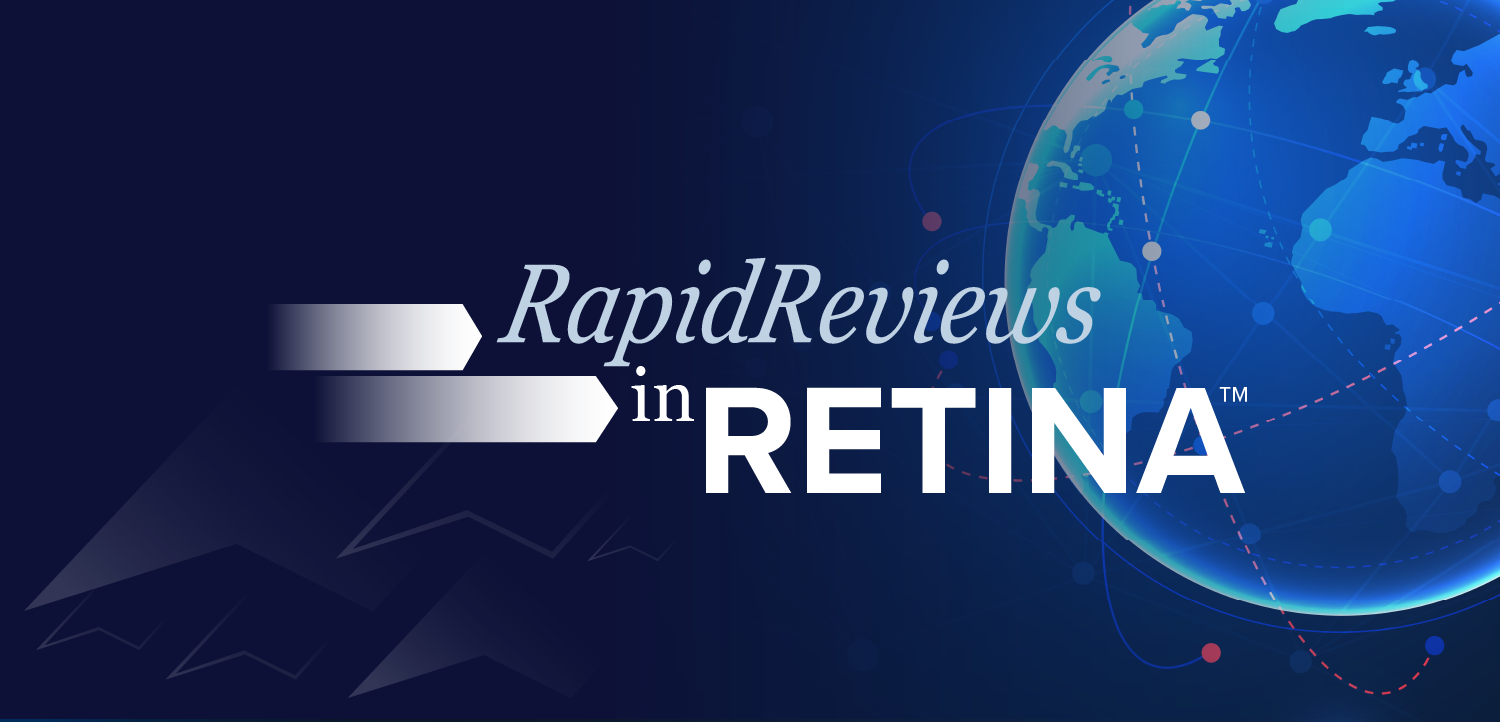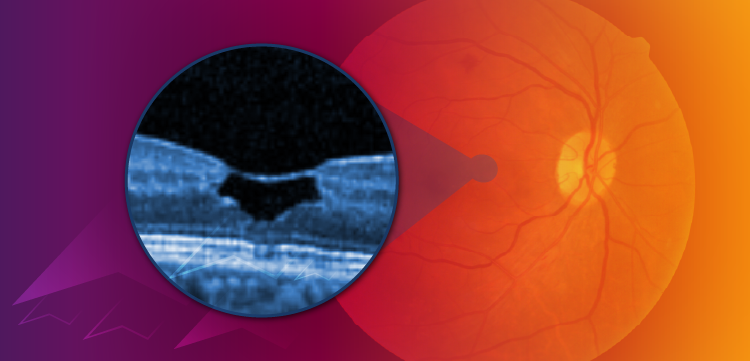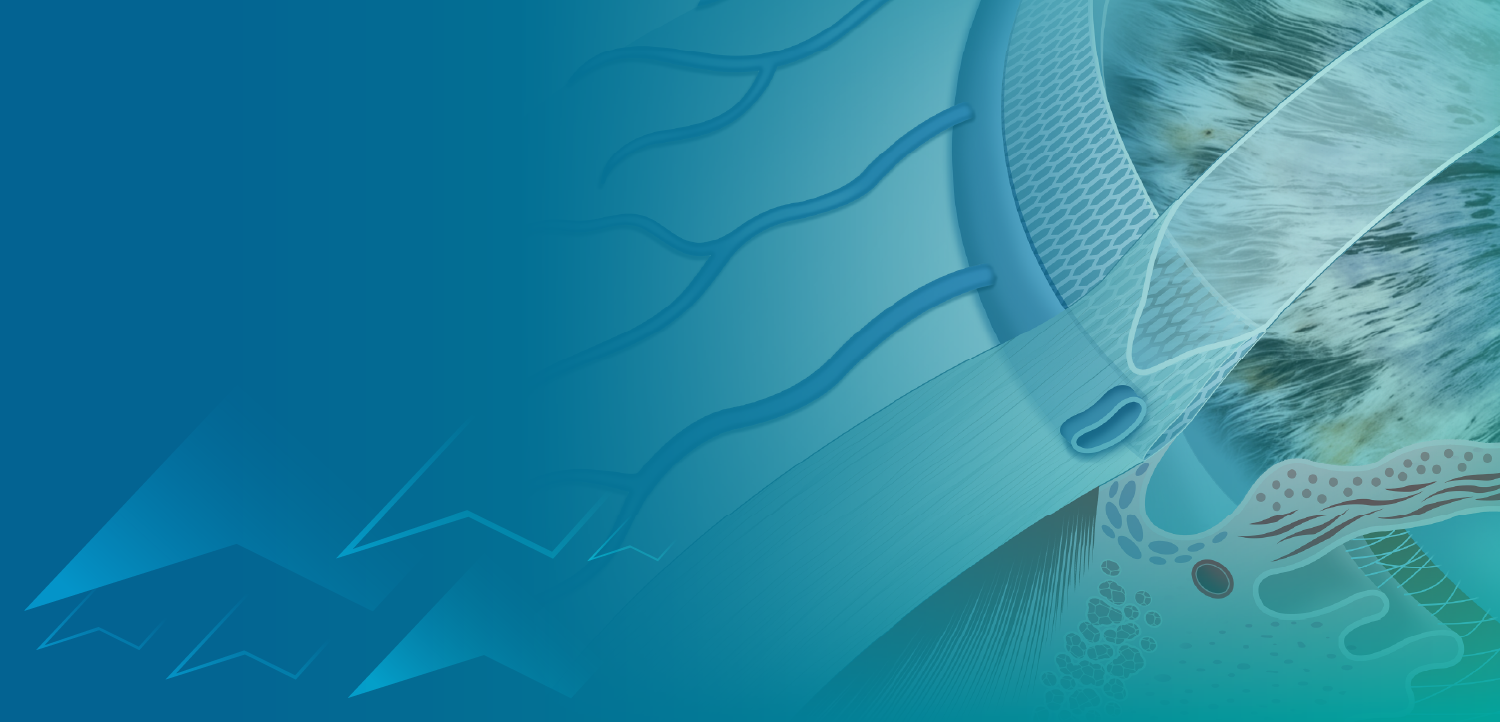
- April digital edition 2020
- Volume 12
- Issue 4
In and out of industry and private practice, Dodger dogs, purple footprints
Benjamin S. Chudner, OD, FAAO, Vice president eyecare and chief medical officer, AEG.
Where did you grow up?
I grew up in the San Fernando Valley just north of Los Angeles in Van Nuys, CA. My mom was a stay-at-home for most of my life, then she went to work for a small company as a receptionist, and my dad was a headhunter.
How did you start speaking about optometric learning and development?
Starting in 2003, I was lecturing for CIBAVision, before it became Alcon, on daily disposables. That opened doors with other companies like Bausch + Lomb. In 2008, Bausch asked me to come inside as director of professional strategy. From the time I was offered the job to the time I took the job, B+L was bought by Warburg Pincus, a private equity group. Within five weeks of starting the job, my boss was asked to leave, then later I was asked to leave. Luckily, I hadn’t sold my practice, so I went back to practice for a couple years. When life events made me re-think what I wanted to do, I decided to sell my practice and go back to work for B+L if they’d have me. The only position available was learning and development. I found it fascinating; how Powerpoint decks were built, adult learning theory, and going to different continuing education classes where we discussed not disease or how we manage patients but how to talk to people. I really enjoyed it.
What drew you into and then away from private practice?
I wanted to be an OD from a very early age. I had been in and out of optometry offices since age five. I went into undergrad as a bio major with the intent of going to optometry school. I always wanted to be in private practice. After owning a practice for about seven years, I was asked to come into B+L. It was a difficult decision. I remember having a drink with an area sales director, and he asked why I was hesitating. I asked him, “Would I still be an optometrist if I wasn’t in practice?” He said, “Don’t be an idiot. If this thing fails, you can always go back and practice.” So, I left practice and I started enjoying other aspects of what this profession can offer, like being involved with industry, having meetings with other doctors, helping them build their careers and better manage their contact lens business. My mind just shifted. So when I was let go from B+L and I went back into practice, it was difficult to get my mindset back into the day-to-day of seeing patients, managing my staff. And I found that after two years I was no longer enjoying that, and I wanted to get back to what I was doing before.
How are private equity offers perceived in optometry?
It’s a mixed bag. At first there was a lot of curiosity and not understanding what was going to happen. As the offers got bigger and bigger, I think fear started to set in, and people were scared where this was headed. Now, I think fear is overtaking more than anything else with VSP Ventures getting involved. A lot of people look at this as an opportunity or an exit strategy. But there are plenty of doctors who are fearful as to what this means. It’s a weird crossroads that we’re in with optometry now. A lot of doctors who have built successful practices think they are worth a lot of money, and they may very well be, and you have younger ODs coming out of school with a lot of debt. It makes it very difficult for these younger ODs to buy a business that might be worth $1 million or $2 million.
Why a baseball stadium tour?
When I moved from Seattle to Rochester, my daughter was nine and my son was five. It was difficult for my daughter to leave her friends. The deal I made with her was once a year, she and I would take the train into New York City to see a Broadway show. That made her feel better about the move. So when my son got a bit older, my wife said, “What are you going to do with your son?” I always wanted to do a baseball stadium tour. As of now we have seen 16 stadiums out of the 30. It’s been a lot of fun.
What's something your colleagues don't know about you?
I used to be an avid bowler and carried a 200 average. I started bowling in junior high, took a break for while, and started up again after optometry school. When I moved to New York I connected with some guys at Bausch + Lomb who were bowlers. Unfortunately ever since I left B+L I haven’t bowled. I can’t imagine what my bowling is like now.
What's your guilty pleasure food?
I really love stadium hot dogs. [Laughs] My favorite is the Dodger Dog. The foot-long with mustard, ketchup, relish, and onions-there’s nothing better than that. I gave up soda four years ago, but that with a soda was heaven. Maybe it’s the experience of eating the dog outside, watching baseball when magical things can happen. It just tastes better that way.
What do you like best about what you do right now?
My job has two phases. The first is helping doctors make that transition from being an owner of business to being an employee. A lot of doctors are looking for a transition from owning a business to having a good exit strategy and a wealth management platform. On the other side, I’m on the operations team. So, my job is to help these practices grow, be more efficient, add more optometric services, and expand on what the practices have done well. And I really do enjoy that. That goes back to my days when I was consulting for the companies and working with doctors to improve their business.
What is your biggest frustration with optometry?
Dangerous question. [Laughs] I think ODs tend to be slow to change their habits and are short-sighted; myopic, if you will. There are a lot of examples; private equity is one of them. I think doctors get very emotional quickly, they get fearful, and they are unwilling to hear about things. Telemedicine is another example. It is going to happen. It can happen to optometry or with optometry. We are fighting it because we think it’s not good yet. People are doing amazing things to make telemedicine within optometry possible. Unless we as a profession chose to figure out a way to help shape the direction it’s going, it is going to happen without us and we are going to be unhappy.
Where do you see yourself in 10 years?
I have no idea, actually. [Laughs] This is probably not a career-ending job for me, so I doubt I’ll retire from this role. We will get sold at some point as all private equity does. I think the job will no longer be available to me, and I’ll have to find something else. I don’t know what that is. I may get back into consulting. I won’t be in practice, that’s for sure. Ideally, I’d like to be in a global role with a company and helping move optometry forward.
Do you have any regrets?
The man I bought my practice from was an amazing OD and an even better business person. I was so gung ho to take over that I didn’t listen to him enough. It sounds so trite, but if I knew than what I know now, my practice would have been 50 to 80 percent bigger than what it was. I do regret not taking advantage of his expertise because he was extremely willing. He strongly believed in empowering staff to make the right decisions for the practice. That’s one of the things that resonates with me most. We asked the staff to ask themselves, “If this happened to you, what would you want to be done?” Almost always, the patient would want far less than what we would think he wanted. It would be worth it, and we would create such goodwill. He was able to grow a very, very successful business because he got it.
What's the craziest thing you've ever done?
In college, I was in a fraternity that held an annual party called “the Islander.” We thought it would be cool to paint our feet purple and run through the campus to leave footprints, getting people excited about the Islander. The problem was the guy who picked up the paint didn’t understand the difference between water-soluble and water-based paint. Some idiots went into the newest building. Eventually security chased and caught some of us; I was not caught. That coming weekend was when incoming students visited with their parents. We had littered the entire campus with purple footprints, including the brand-new student center. The school was understandably upset. It had rained overnight, and I knew we were in trouble when I saw footprints that were not dissolving in puddles. We got the option to clean it up ourselves or pay the school to clean it. The whole next night I was on my hands and knees, scrubbing purple footprints we couldn’t even see as someone went behind us with a pressure washer.
Articles in this issue
over 5 years ago
At-home therapy can alleviate contact lens discomfortover 5 years ago
Gene therapy: The future is nowover 5 years ago
Why patient occupation matters with dry eye diseaseover 5 years ago
Dry eye in the digital ageover 5 years ago
How to survive a lease terminationover 5 years ago
Comanaging intraocular lens power calculationsover 5 years ago
Life with COVID-19 makes a new normalover 5 years ago
10 new treatments in eye careover 5 years ago
How to manage the angle closure spectrumNewsletter
Want more insights like this? Subscribe to Optometry Times and get clinical pearls and practice tips delivered straight to your inbox.






















































.png)


